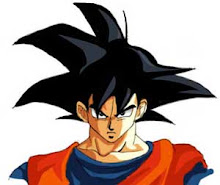KNEE - Modified bicondylar synovial joint - 2 degrees freedom of movement (flexion/extension & ext/interal rotation)
- Conjunt rotation (external rotation) occurs during the last 30 degrees of extension to
achieve closed packed position (automatic/accessory movement)
- Adjunct rotation (physiological/voluntary) movement in flexion
ANKLE - Uniaxial hinge type synovial joint - Between tibia/fibula and trochlea of talus
- Reinforced by fibrous capsule, medial deltoid ligament (4 parts), lateral ligament
(3 parts)
- 1 degree freedom of movement (dorsi/plantar flexion)
HIP - Multi axial ball & socket synovial joint - Between acetabulum and head of femur
- Acetabular labrum deepens the acetabular cavity creating more stability
- Fibrous joint capsule reinforced by 3 ligaments
- 3 degrees freedom of movement (flexion/extension, ab/adduction, med/lateral rotation)
MTP - Multiaxial condyloid synovial joint - Surrounded & strengthened by articular capsules and collateral ligaments
- 2 degrees freedom of movement (flexion & extension & ab/adduction)






